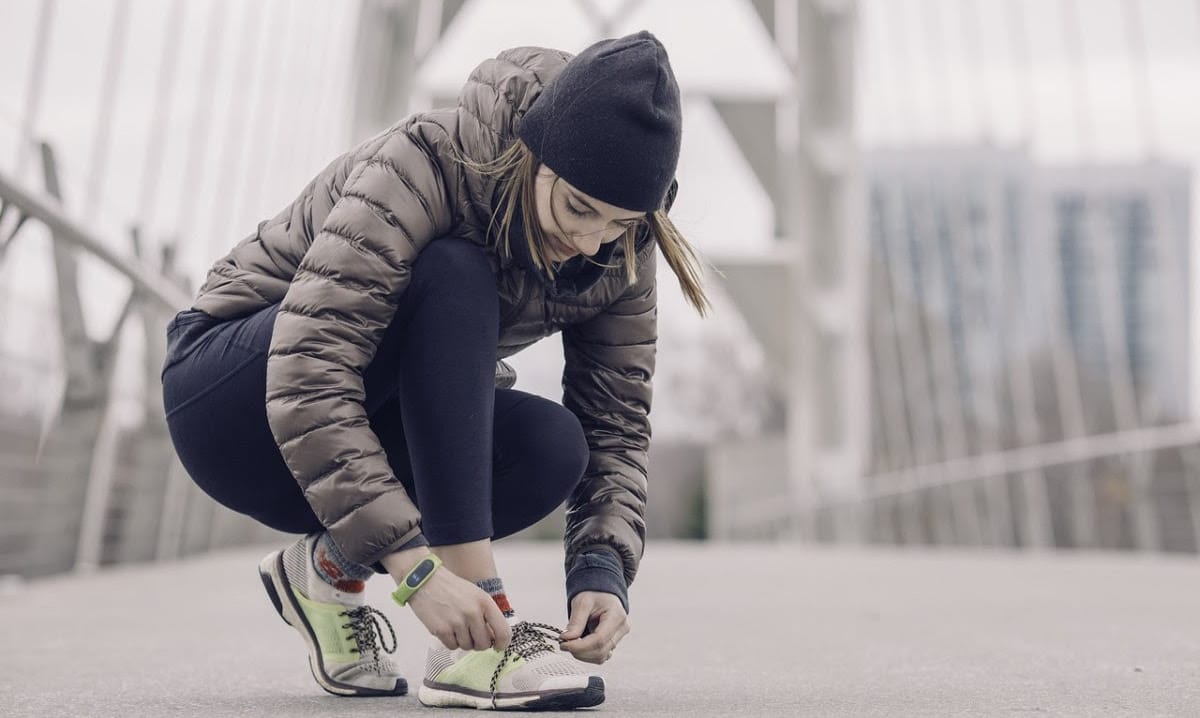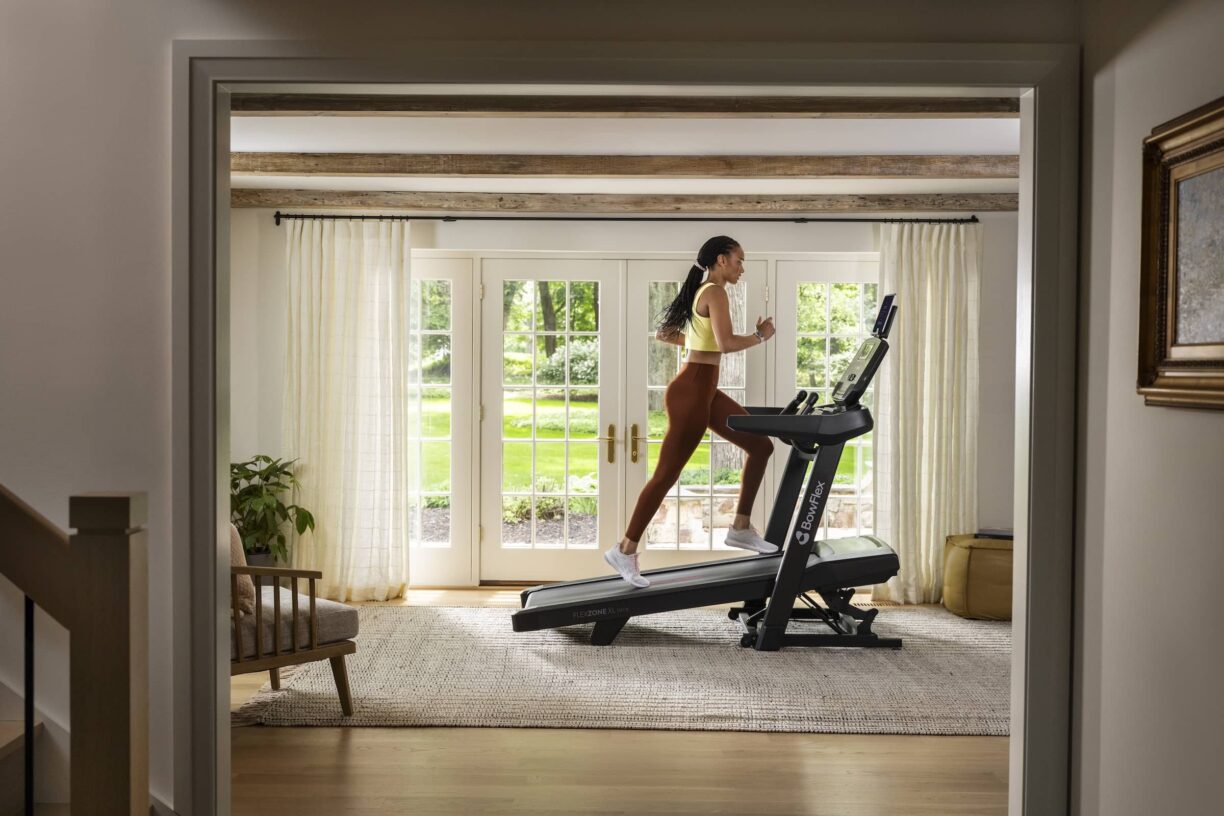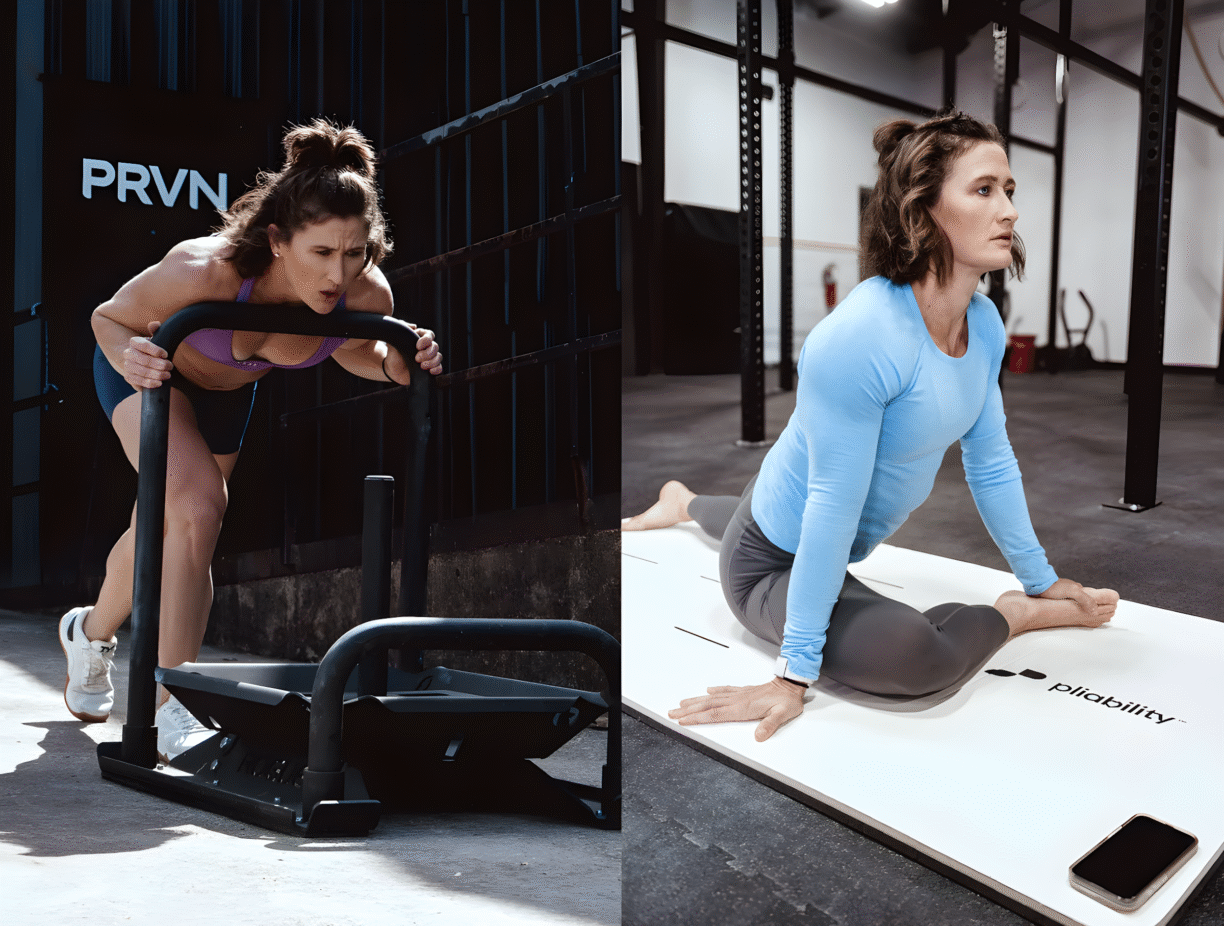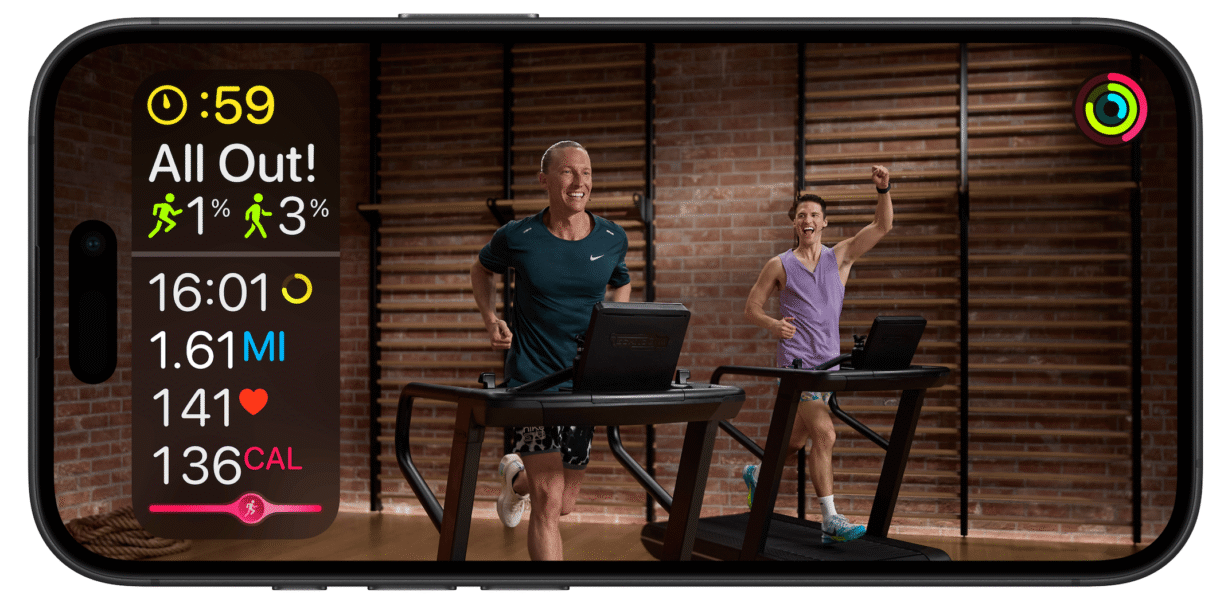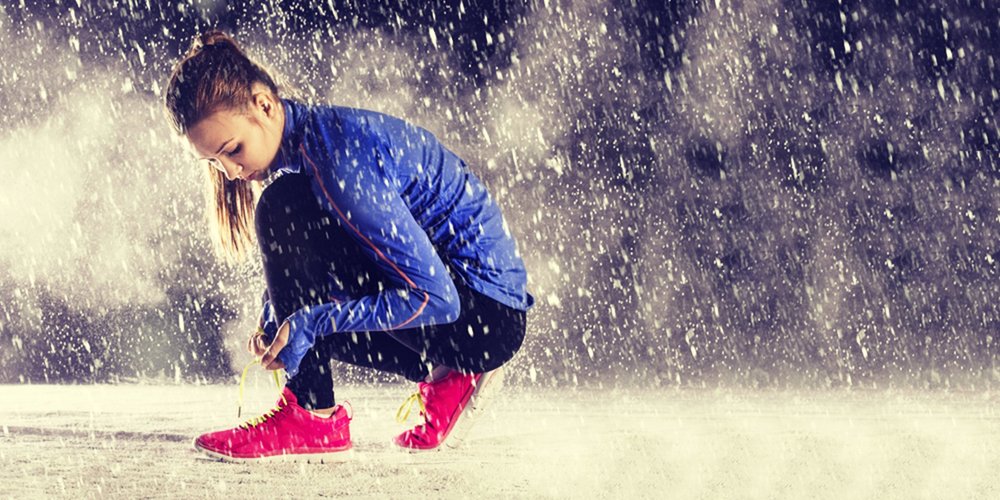
The winter season is upon us, and it is probably the toughest season to workout. It has become cold outside, the days are shorter, and there is less daylight.
During harsh weather conditions, it can be hard to get out of bed and motivate yourself to be active outdoors.
However, exercising in winter can be an amazing way to boost your mood, avoid SAD (seasonal affective disorder) and keep on track for your fitness goals into 2022.
You only need to make a few adjustments to ensure that your workout routine remains safe, achievable, and sustainable during the winter season.
Joanna Dase, fitness expert at Curves, provides her top fitness hacks to help you switch up your exercise routine and stay motivated throughout winter.
1) Dress ‘dry’, not just ‘warm’
When people think of winter activewear, they may opt for clothes that will only keep them warm. However, if your warm clothes are not waterproof and get wet in the snow or rain, you will lose body heat quickly.
This can increase your risk of hypothermia and frostbite, whilst cutting your workout short. For a safe and comfortable workout in the winter, opt for synthetic fibers such as nylon, polyester and polypropylene which will dry quickly.
Always look for the waterproof label and avoid heavy fabrics such as cotton which will hold moisture once wet.
2) Make sure you stretch and do your warm-up first
Stretching helps improve circulation and increases your range of motion. This is important to help maintain flexibility, a key component of optimum health.
By stretching regularly, you’ll help maintain the integrity of your joints, avoid back pain, and research shows that you will significantly improve your strength-training efforts.
Ensure you always warm up with low-intensity movements that gradually loosen the muscles for injury prevention in colder weather.
3) Wrap a bandana or scarf round your mouth to assist inhalation
Cold weather affects the body in different ways. You may find that it can actually hurt to breathe in freezing cold, dry air.
As you exercise, your lungs will pump faster, causing your breathing to increase.
To avoid any uncomfortable sensations, wrap a bandana or scarf around your mouth as it will help warm up the air before you breathe it in. As well as this, it will trap water vapor in when you breathe out, keeping the air moist.
4) Stay hydrated
When it is cold outside, there are fewer environmental cues telling you to hydrate. Your sweat will be evaporated, you won’t feel overheated, and drinking chilled fluids in cold weather can be unappealing. However, hydration is equally as important in the winter as it is in the summer.
The same guidelines apply, drink around 450ml of water before you exercise and after that, drink more if you feel thirsty. If you prefer, you can pour warm water into an insulated bottle that will not only hydrate you but keep you warm outside.
5) Workout with other people
For many people, specifically, women, exercising outdoors alone can feel unsafe when it is dark.
Working out with others will not only combat this, but you can share fitness tips and keep each other accountable to reach your goals.
Always wear high-vis activewear and try to keep to well-lit areas with your accountability buddy. You can also join a running club or fitness club near you to meet new people and exercise in a community.
6) Check your traction
With winter comes ice, snow, and sometimes heavy rains. That is why it is important to check the weather forecast and plan your route beforehand.
Stay on plowed or salted tracks, as back routes may not be maintained or well-lit during winter, which could result in injury.
A great way to ensure additional safety during your winter workout is by adding ice spikes to your running shoes to help you maintain traction.
If you are not planning on running, ensure your winter shoes have a rubber compound outsole designed to grip the road and trail easily in wet or icy conditions.
Other must-haves for winter shoes include thermal insulation, waterproofing and reflective design features for visibility.
7) Know how to recoup post-workout
To bring down your heart rate and cool down effectively, do low-intensity movements and stretching during the last 15 minutes of your workout.
Lay out your comfy change of clothes ahead of time, and when you get back indoors, hop into a hot shower, and change out of any wet clothes immediately.
By stretching and bringing up your temperature slowly, you will prevent muscle stiffness and aches.
Once you have got changed, relax by sipping of a warming herbal tea, ideally with anti-inflammatory ingredients such as ginger and turmeric.
Most importantly, be kind to yourself and recognize the personal growth that happens when working out in cooler conditions.
Remember to talk to others, such as your fitness coach or exercise group, about your plans to prioritise your health and congratulate yourself for being on the right direction!

